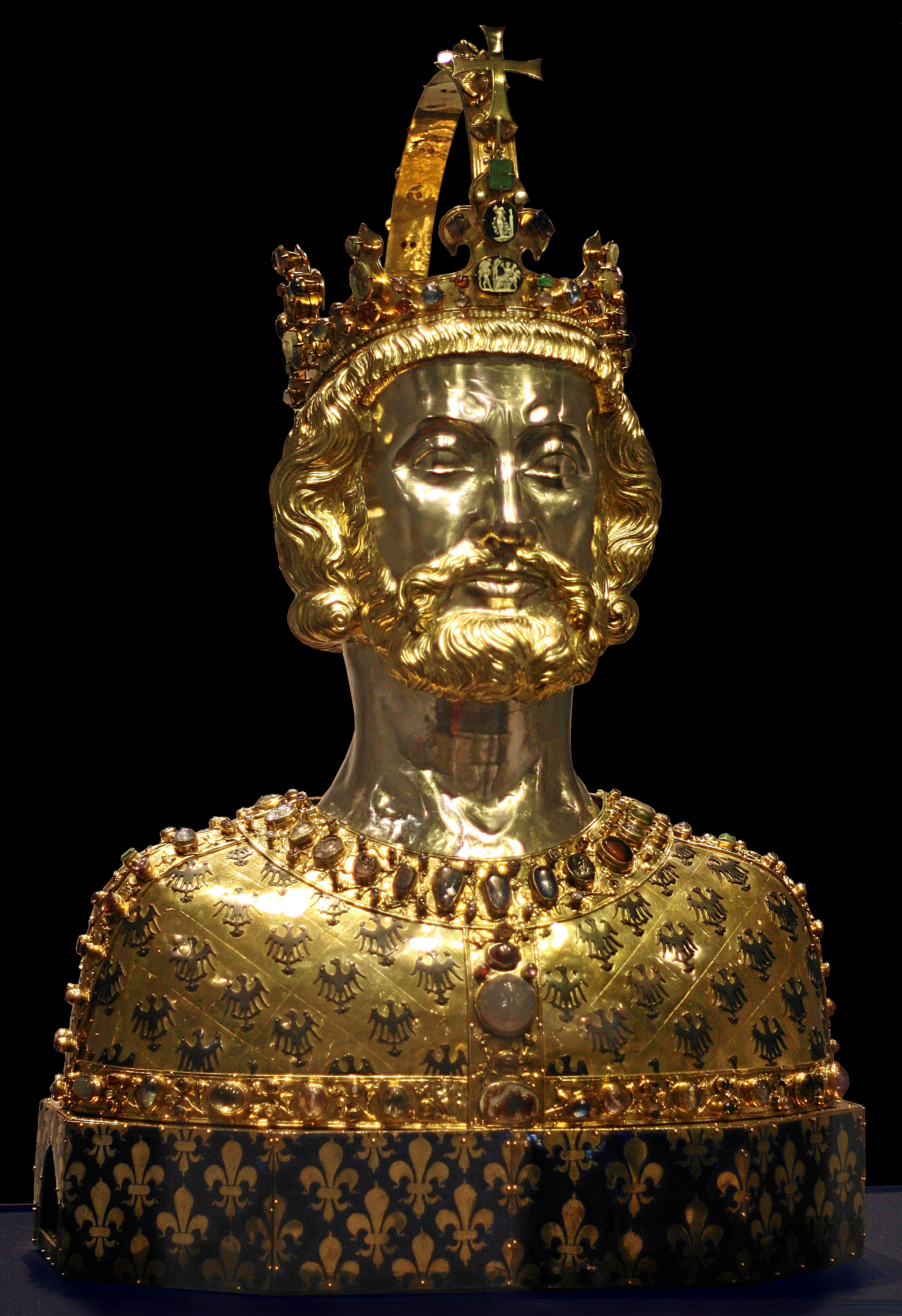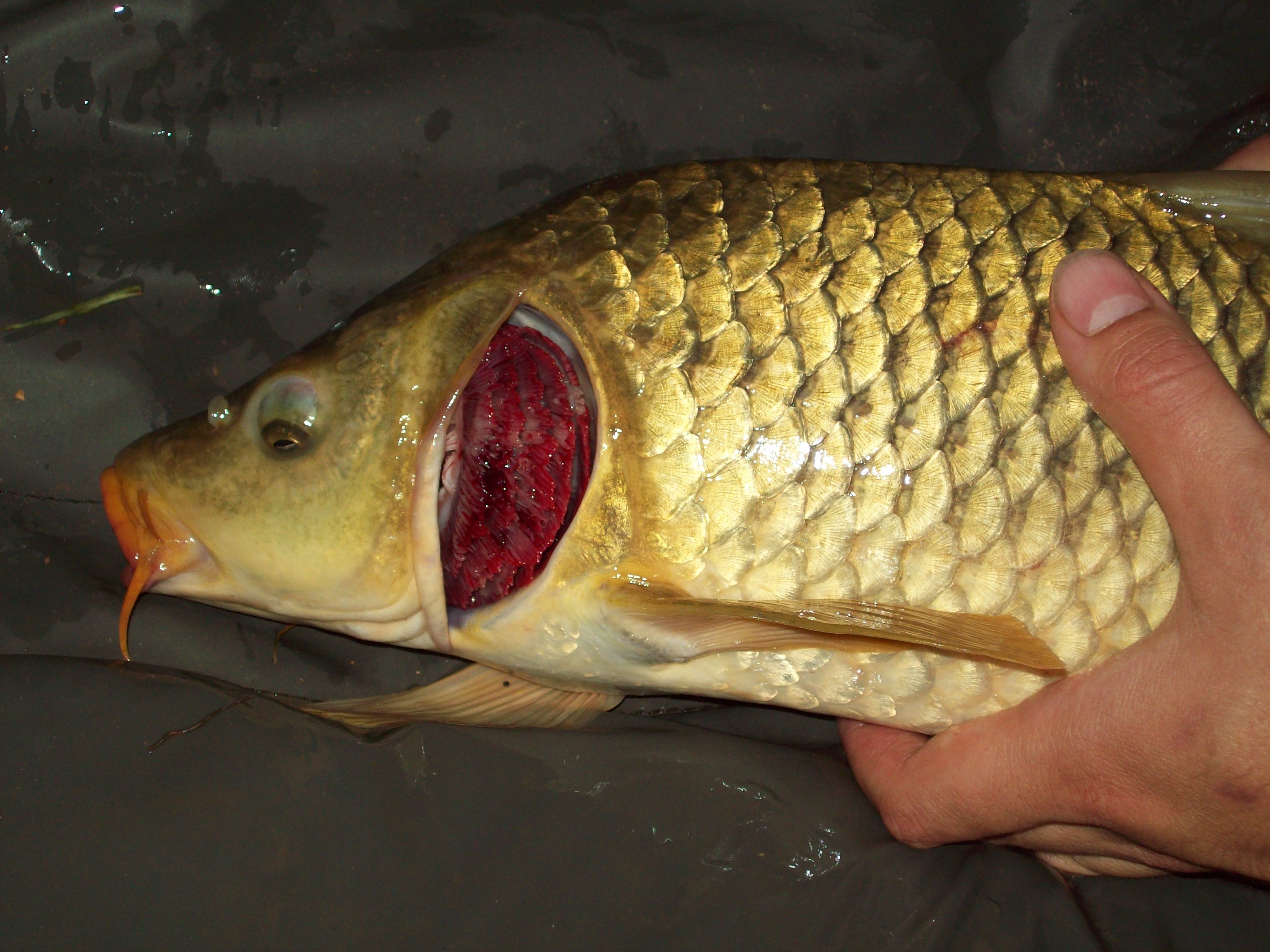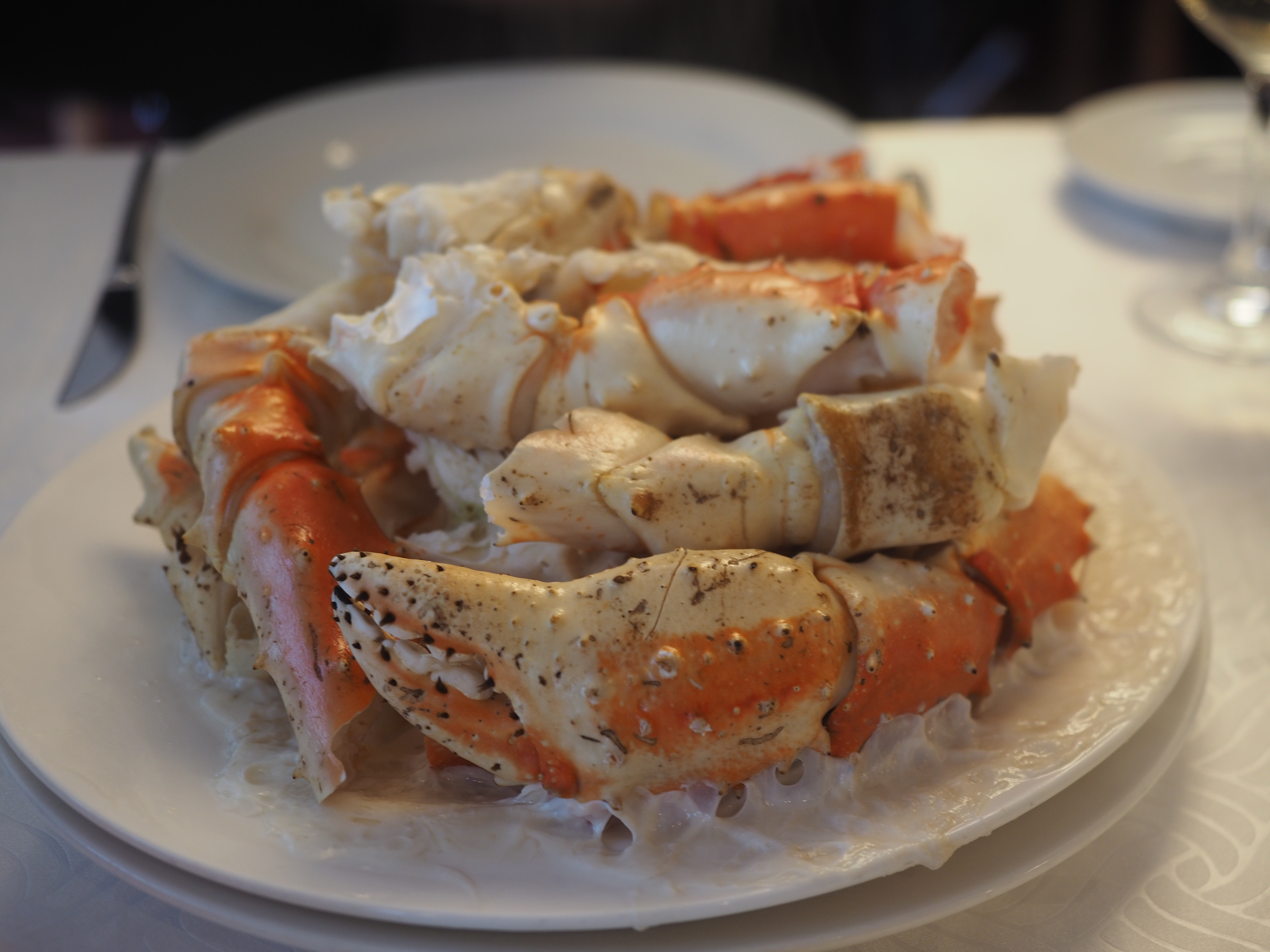|
Brown Box Crab
The brown box crab (''Lopholithodes foraminatus'') is a king crab that lives from Prince William Sound, Alaska to San Diego, California, at depths of . It reaches a carapace length of and feeds on bivalves and detritus. The box crab gets its name from a pair of round tunnel-like openings that form between the claws and adjacent legs when the animal folds its limbs up against its body. Both claws, and their adjacent legs, have matching half-circle notches in them that line up to create a circle-shaped opening when the limbs are tightly pulled against one another. This tubular round opening is called a foramen. The crab often lies buried in the sediment, and the two foramens in the chelipeds allow water into the gill chamber for respiration. The gill chamber is also sometimes used by the commensal fish ''Careproctus ''Careproctus'' is a genus of snailfishes found in benthic and benthopelagic habitats in the Atlantic, Pacific, Arctic and Southern Oceans. Whether they truly ... [...More Info...] [...Related Items...] OR: [Wikipedia] [Google] [Baidu] |
William Stimpson
William Stimpson (February 14, 1832 – May 26, 1872) was a noted American scientist. He was interested particularly in marine biology. Stimpson became an important early contributor to the work of the Smithsonian Institution and later, director of the Chicago Academy of Sciences. Biography Stimpson was born in Boston, Massachusetts to Herbert Hathorne Stimpson and Mary Ann Devereau Brewer. The Stimpsons were of the colonial stock of Massachusetts, the earliest known member of the family being James Stimpson, who was married in 1661, in Milton. His mother died at an early age. William Stimpson's father was an ingenious inventor, and a leading merchant of Boston in the mid decades of the nineteenth century, trading as "H. & F. Stimpson, stoves and furnaces, corner of Congress and Water Streets. It was he who invented the "Stimpson range", the first sheet-iron cooking stove, famous in its day throughout New England. He also made improvements in rifles, and suggested the plac ... [...More Info...] [...Related Items...] OR: [Wikipedia] [Google] [Baidu] |
Cheliped
A chela ()also called a claw, nipper, or pinceris a pincer-like organ at the end of certain limbs of some arthropods. The name comes from Ancient Greek , through New Latin New Latin (also called Neo-Latin or Modern Latin) is the revival of Literary Latin used in original, scholarly, and scientific works since about 1500. Modern scholarly and technical nomenclature, such as in zoological and botanical taxonomy ... '. The plural form is chelae. Legs bearing a chela are called chelipeds. Another name is ''claw'' because most chelae are curved and have a sharp point like a claw. Chelae can be present at the tips of arthropod legs as well as their pedipalps. Chelae are distinct from spider chelicerae in that they do not contain venomous glands and cannot distribute venom. See also * Pincer (biology) * Pincer (tool) References Arthropod anatomy {{Arthropod-anatomy-stub ... [...More Info...] [...Related Items...] OR: [Wikipedia] [Google] [Baidu] |
Crustaceans Of The Eastern Pacific Ocean
Crustaceans (Crustacea, ) form a large, diverse arthropod taxon which includes such animals as decapods, seed shrimp, branchiopods, fish lice, krill, remipedes, isopods, barnacles, copepods, amphipods and mantis shrimp. The crustacean group can be treated as a subphylum under the clade Mandibulata. It is now well accepted that the hexapods emerged deep in the Crustacean group, with the completed group referred to as Pancrustacea. Some crustaceans ( Remipedia, Cephalocarida, Branchiopoda) are more closely related to insects and the other hexapods than they are to certain other crustaceans. The 67,000 described species range in size from '' Stygotantulus stocki'' at , to the Japanese spider crab with a leg span of up to and a mass of . Like other arthropods, crustaceans have an exoskeleton, which they moult to grow. They are distinguished from other groups of arthropods, such as insects, myriapods and chelicerates, by the possession of biramous (two-parted) limbs, and b ... [...More Info...] [...Related Items...] OR: [Wikipedia] [Google] [Baidu] |
King Crabs
King is the title given to a male monarch in a variety of contexts. The female equivalent is queen, which title is also given to the consort of a king. *In the context of prehistory, antiquity and contemporary indigenous peoples, the title may refer to tribal kingship. Germanic kingship is cognate with Indo-European traditions of tribal rulership (c.f. Indic '' rājan'', Gothic '' reiks'', and Old Irish '' rí'', etc.). *In the context of classical antiquity, king may translate in Latin as '' rex'' and in Greek as ''archon'' or '' basileus''. *In classical European feudalism, the title of ''king'' as the ruler of a ''kingdom'' is understood to be the highest rank in the feudal order, potentially subject, at least nominally, only to an emperor (harking back to the client kings of the Roman Republic and Roman Empire). *In a modern context, the title may refer to the ruler of one of a number of modern monarchies (either absolute or constitutional). The title of ''king'' i ... [...More Info...] [...Related Items...] OR: [Wikipedia] [Google] [Baidu] |
Brown Box Crab Specimen
Brown is a color. It can be considered a composite color, but it is mainly a darker shade of orange. In the CMYK color model used in printing or painting, brown is usually made by combining the colors orange and black. In the RGB color model used to project colors onto television screens and computer monitors, brown combines red and green. The color brown is seen widely in nature, wood, soil, human hair color, eye color and skin pigmentation. Brown is the color of dark wood or rich soil. According to public opinion surveys in Europe and the United States, brown is the least favorite color of the public; it is often associated with plainness, the rustic, feces, and poverty. More positive associations include baking, warmth, wildlife, and the autumn. Etymology The term is from Old English , in origin for any dusky or dark shade of color. The first recorded use of ''brown'' as a color name in English was in 1000. The Common Germanic adjectives ''*brûnoz and *brûnâ'' meant b ... [...More Info...] [...Related Items...] OR: [Wikipedia] [Google] [Baidu] |
Canadian Journal Of Zoology
The ''Canadian Journal of Zoology'' is a peer-reviewed scientific journal that covers zoology. It was established in 1951 as the continuation of '' Canadian Journal of Research, Section D: Zoological Sciences'', and is associated with the Canadian Society of Zoologists Canadians (french: Canadiens) are people identified with the country of Canada. This connection may be residential, legal, historical or cultural. For most Canadians, many (or all) of these connections exist and are collectively the source of .... Abstracting and indexing The journal is abstracted and/or indexed in: References External links {{wikispecies, ISSN 0008-4301 Zoology journals Monthly journals Publications established in 1951 Multilingual journals Canadian Science Publishing academic journals Academic journals associated with learned and professional societies of Canada ... [...More Info...] [...Related Items...] OR: [Wikipedia] [Google] [Baidu] |
Careproctus
''Careproctus'' is a genus of snailfishes found in benthic and benthopelagic habitats in the Atlantic, Pacific, Arctic and Southern Oceans. Whether they truly are absent from the Indian Ocean (except for a couple of species in Subantarctic waters) is unknown and might be an artifact of limited sampling. They range from shallow coastal seas in the far north of their range to the abyssal zone, at depths of . In the Northern Hemisphere they mostly live shallower than ''Paraliparis'', but this pattern is reversed in the Southern Hemisphere. Although almost entirely restricted to very cold waters, a single species, ''C. hyaleius'', lives at hydrothermal vents. Its generic name is derived from the Ancient Greek κάρα (''kara'', "face, head") and πρωκτός (''prōktos'', "anus"), therefore literally meaning "butt-face". ''Careproctus'' have one pair of nostrils and a ventral suction disc but lack a pseudobranch. They are tadpole-like in shape and reach up to in standa ... [...More Info...] [...Related Items...] OR: [Wikipedia] [Google] [Baidu] |
Commensal
Commensalism is a long-term biological interaction ( symbiosis) in which members of one species gain benefits while those of the other species neither benefit nor are harmed. This is in contrast with mutualism, in which both organisms benefit from each other; amensalism, where one is harmed while the other is unaffected; parasitism, where one is harmed and the other benefits, and parasitoidism, which is similar to parasitism but the parasitoid has a free-living state and instead of just harming its host, it eventually ends up killing it. The commensal (the species that benefits from the association) may obtain nutrients, shelter, support, or locomotion from the host species, which is substantially unaffected. The commensal relation is often between a larger host and a smaller commensal; the host organism is unmodified, whereas the commensal species may show great structural adaptation consistent with its habits, as in the remoras that ride attached to sharks and other fish ... [...More Info...] [...Related Items...] OR: [Wikipedia] [Google] [Baidu] |
Gill
A gill () is a respiratory organ that many aquatic organisms use to extract dissolved oxygen from water and to excrete carbon dioxide. The gills of some species, such as hermit crabs, have adapted to allow respiration on land provided they are kept moist. The microscopic structure of a gill presents a large surface area to the external environment. Branchia (pl. branchiae) is the zoologists' name for gills (from Ancient Greek ). With the exception of some aquatic insects, the filaments and lamellae (folds) contain blood or coelomic fluid, from which gases are exchanged through the thin walls. The blood carries oxygen to other parts of the body. Carbon dioxide passes from the blood through the thin gill tissue into the water. Gills or gill-like organs, located in different parts of the body, are found in various groups of aquatic animals, including mollusks, crustaceans, insects, fish, and amphibians. Semiterrestrial marine animals such as crabs and mudskippers have gill ch ... [...More Info...] [...Related Items...] OR: [Wikipedia] [Google] [Baidu] |
Aquatic Respiration
Aquatic respiration is the process whereby an aquatic organism exchanges respiratory gases with water, obtaining oxygen from oxygen dissolved in water and excreting carbon dioxide and some other metabolic waste products into the water. Unicellular and simple small organisms In very small animals, plants and bacteria, simple diffusion of gaseous metabolites is sufficient for respiratory function and no special adaptations are found to aid respiration. Passive diffusion or active transport are also sufficient mechanisms for many larger aquatic animals such as many worms, jellyfish, sponges, bryozoans and similar organisms. In such cases, no specific respiratory organs or organelles are found. Higher plants Although higher plants typically use carbon-dioxide and excrete oxygen during photosynthesis, they also respire and, particularly during darkness, many plants excrete carbon-dioxide and require oxygen to maintain normal functions. In fully submerged aquatic higher plants s ... [...More Info...] [...Related Items...] OR: [Wikipedia] [Google] [Baidu] |
Foramen
In anatomy and osteology, a foramen (; in Merriam-Webster Online Dictionary '. plural foramina, or foramens ) is an open hole that is present in extant or extinct s. Foramina inside the body of animals typically allow nerves, arteries, [...More Info...] [...Related Items...] OR: [Wikipedia] [Google] [Baidu] |
King Crab
King crabs are a taxon of decapod crustaceans chiefly found in cold seas. Because of their large size and the taste of their meat, many species are widely caught and sold as food, the most common being the red king crab (''Paralithodes camtschaticus''). King crabs are generally thought to be derived from hermit crab-like ancestors within the Paguridae, which may explain the asymmetry still found in the adult forms. This ancestry is supported by several anatomical peculiarities which are present only in king crabs and hermit crabs. Although some doubt still exists about this hypothesis, king crabs are the most widely quoted example of carcinisation among the Decapoda. The evidence for this explanation comes from the asymmetry of the king crab's abdomen, which is thought to reflect the asymmetry of hermit crabs, which must fit into a spiral shell. Controversial taxon Although formerly classified among the hermit crabs in the superfamily Paguroidea, king crabs are now place ... [...More Info...] [...Related Items...] OR: [Wikipedia] [Google] [Baidu] |







